
|
|
|
|
|
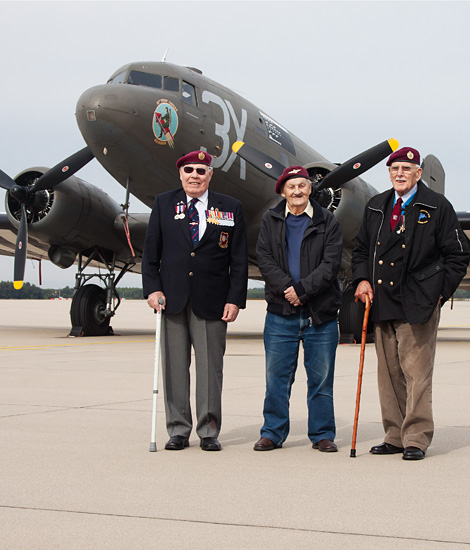
|
Market Garden Memorial; Eindhoven, September 22, 2012
Para Troopers at Eindhoven Air Base; Text and Photograph's by Alex van Noye
Operation Market garden took place in the period from September 17, 1944 until September 25, 1944. The aim of the operation
was to capture all the bridges on the route from Eindhoven to Arnhem in the Netherlands to defeat all the German forces in
the country. The mission failed in Arnhem and led to a bloody battle.
Operation Market Garden was an Allied offensive against the Germans in the Netherlands in September 1944. This operation was
the main operation which took place in the Netherlands during the Second World War. Operation Market Garden was for the
biggest part a failure, because the last bridge in Arnhem could not be occupied. The result of this failure was the famine
in the northern part of the Netherlands. Operation Market Garden consisted out of 2 large operations which both played a
key role. The first operation was a large airborne landing behind the German lines called Market. The second operation was
a ground offensive from Belgium to the Netherlands under the name Garden. The British, American and Polish airborne troops
would occupy the important bridges over the Dutch rivers; the ground force would come quickly from Belgium to the IJsselmeer.
The German troops in the Netherlands would therefore be cut off from Germany and the route to the east would be opened. The
Ruhr River in Germany would quickly be invaded in this way. This was very important because this area was the industrial
heart of the Germans. Operation market garden was seen as a failure by the Allied High Command. The most crucial objective
was the bridge at Arnhem. This bridge could not be achieved because the landing troops were dropped too far from Arnhem.
By missing this bridge the road was not open to the Ruhr and the war lasted at least half a year longer. However, securing
the sector Antwerp was achieved during this operation. Safeguarding the port of Antwerp was an important milestone during
the operation, because from here the troops would be spread during the campaign in Germany which would follow.
The operation was started with the dropping of parachutists above 3 major Dutch cities on September 17, 1944. The U.S.
101st Airborne Division was dropped at Eindhoven and the U.S. 82nd Airborne Division was dropped in Nijmegen. The 101st
was dropped at Eindhoven, best, St. Oedenrode and Veghel. They had the task to
|
|
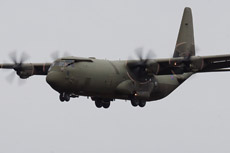
|
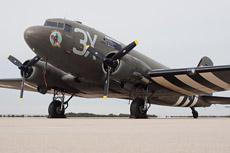
|
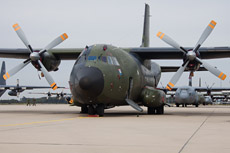
|
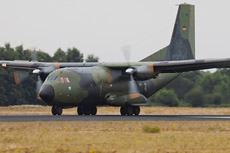
|
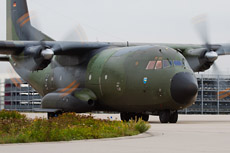
|
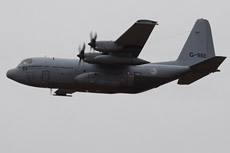
|
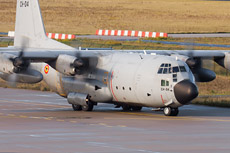
|
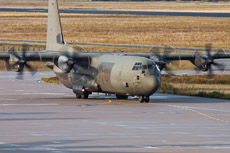
|
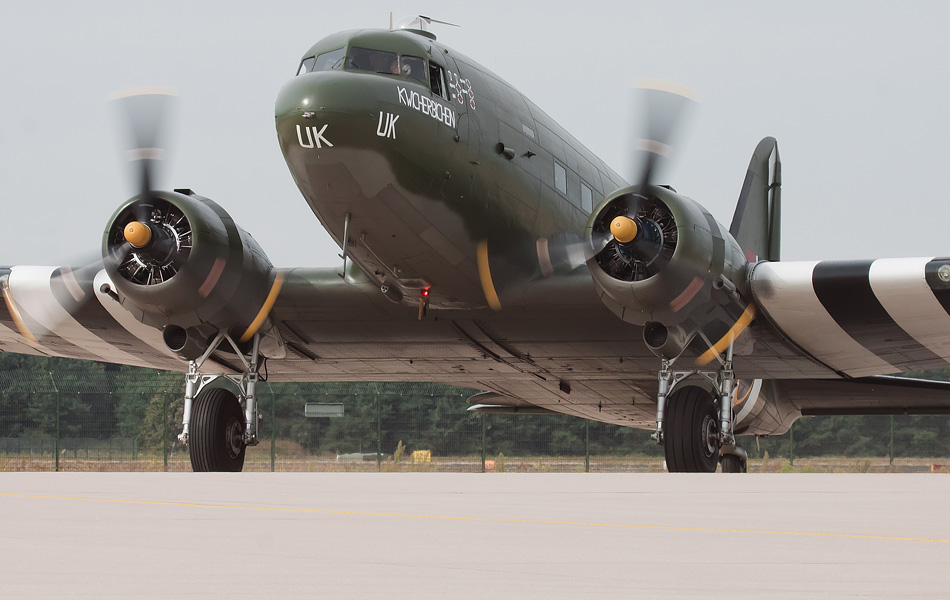
|
capture the bridges over the River Aa at Best, the Wilhelmina Canal at St. Oedenrode and Zuidwillemsvaart at Veghel. The
task of the 82nd was to capture the bridge at Grave over the Meuse, the bridge over the Waal and one of the bridges over
the Maas-Waal canal at Nijmegen. This part of the operation went all according to plan. Simultaneously with the droppings
around Eindhoven and Nijmegen, British troops of the 1st Airborne Division were dropped near Arnhem in Wolfheeze, Ede and
Oosterbeek. The British unit would receive support from the Polish Independent Airborne Division. The British 30th Corps
had to come from Lommel via the route of the captured bridges. The British units during the Garden Operation consisted of
over 50,000 men and over 22,000 vehicles. The whole caravan was forced to move via one route to Arnhem making it vulnerable
to enemy forces. In order to protect the flanks two army corpses were deployed to protect the vehicles in the caravan.
The Germans had concentrated themselves near the bridge in the city of Arnhem; the bridge was eventually not being
taken.
The major aircraft during the landings of Operations Market Garden were the Douglas C-47 Skytrain. The Skytrain was the
military version of the Douglas DC-3 Dakota. The big difference between the civilian and military variant is the large
cargo door on the side of the Skytrain. Also, the Skytrain has a reinforced floor for transporting heavy loads. Many
Allied countries used the C-47 Skytrain during the Second World War for carrying heavy loads and transporting troops
and wounded. More than 10,000 aircraft of this type were produced at the Douglas plant in Santa Monica, California and
Oklahoma City, Oklahoma. The plant in Oklahoma has built over 5,354 Skytrains between March 1943 and August 1945. The
C-47 was a perfect aircraft for dropping paratroopers. The aircraft was commonly used during several major actions during
the Second World War such as the dropping during the Normandy landings in France and Operation Market Garden in the
Netherlands. The aircraft played a key role during these actions when thousands of paratroopers were dropped behind
the German lines. These forces often had the task to capture various bridges and other strategic points; they had to
occupy these points until the main Allied forces would arrive. The C-47 was also able to pull gliders which could land
silently behind enemy lines. The C-47 played also an important role during the Berlin Airlift after the Second Words
War.
This year is the 68th edition of the Market Garden Memorial in Arnhem. The droppings for this edition were planned on
Saturday, September 22. The aircraft which participated would all fly 2 missions from Eindhoven Air Base. Most of the
aircraft for this event already arrived on Friday, September 21. A small spotter day was organized at Eindhoven Air Base
on this Friday. A few aircraft from different countries would participate during the droppings. The United States had sent
one C-130J-30 Hercules of the Rhode Island Air National Guard (ANG). On behalf of the German Luftwaffe 2 C-160D Transall
transport aircraft flew along in the formation. The German planes were from LTG-63 from Hohn Air Base. The Belgian Air
Force flew with 1 C-130H Hercules from Brussels-Melsbroek. The Polish Air Force sent 1 C-130H Hercules of the 14.ELT from
the Polish airbase Powidz to Eindhoven. The fourth Hercules was supplied by the RAF. This Hercules C5 was from the British
airbase RAF Brize-Norton. The British Skytrain which flew in the formation was from the Battle of Brittain Memorial Flight
(BBMF) from RAF Coningsby. The second C-47 Skytrain was a former USAF aircraft. Paratroopers came from various countries,
such as; Canada, Italy, the Netherlands, Great Britain and the United States. The formation took off from Eindhoven Air
Base and the dropping took place at the Ginkelse Heide near Arnhem. There were 2 drop- ping been flown on Saturday.
Between the 2 droppings was approximately 2 hours.
|
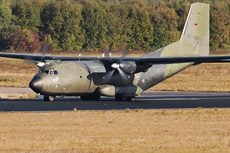
|
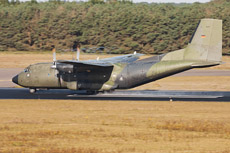
|
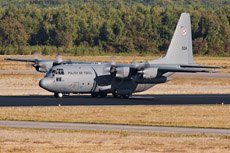
|
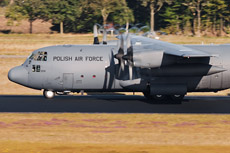
|
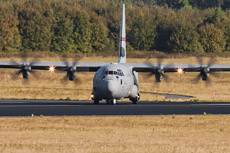
|
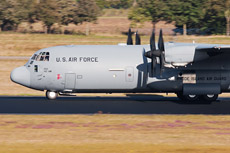
|
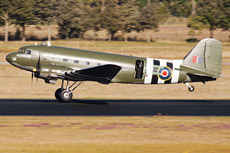
|
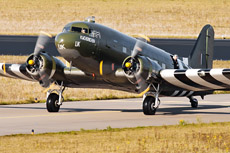
|
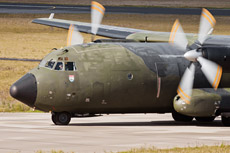
|
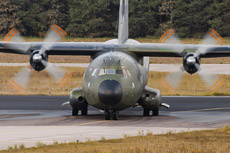
|
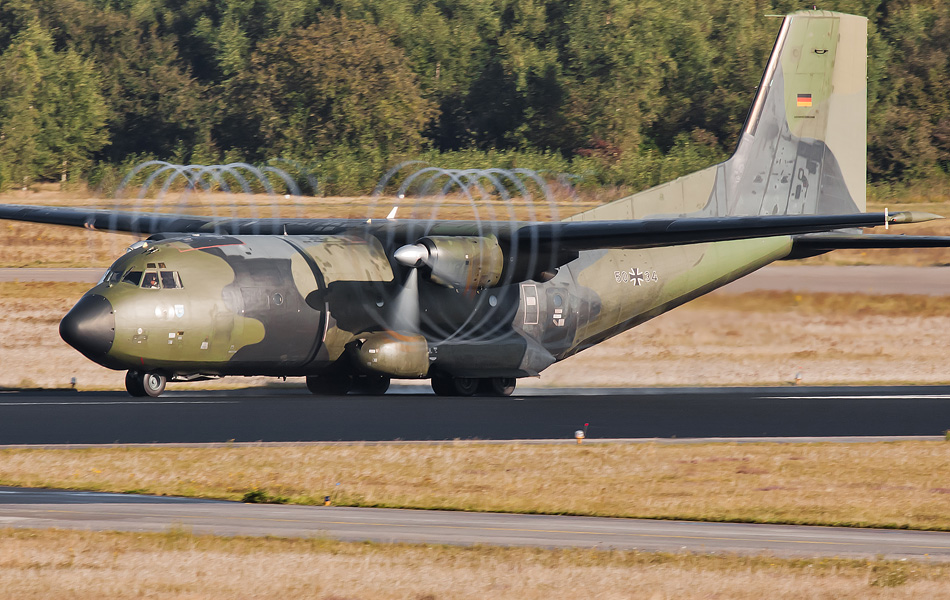
|
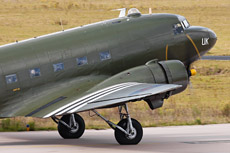
|
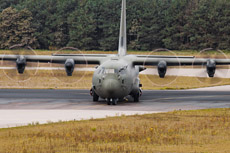
|
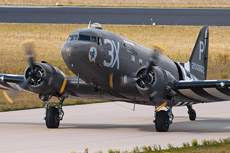
|
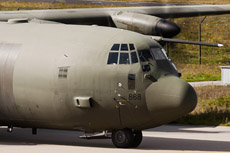
|
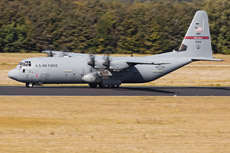
|
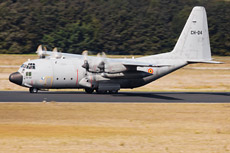
|
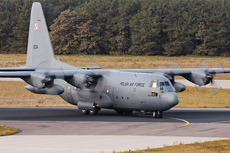
|
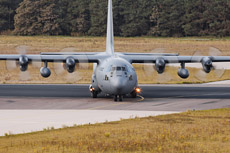
|
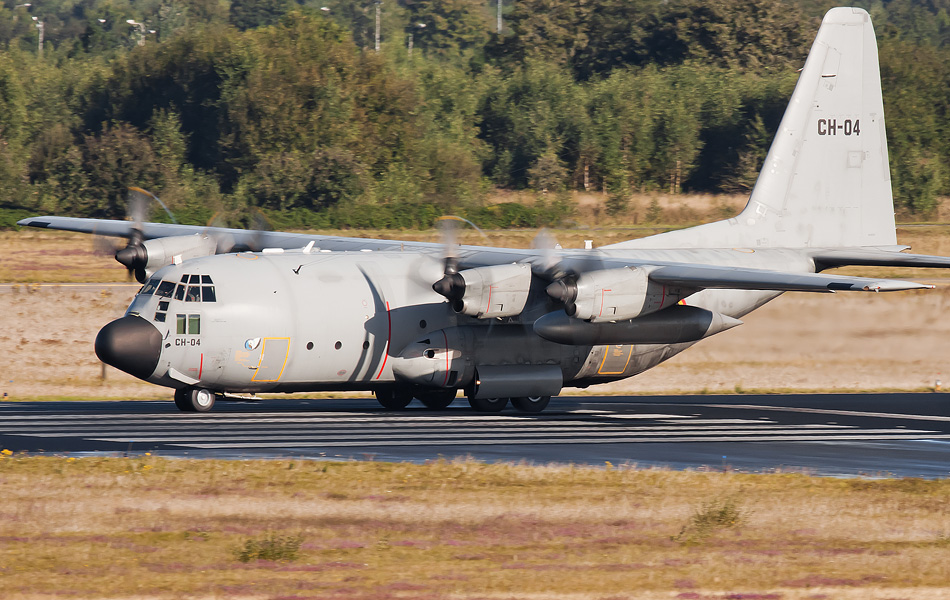
|
|
|

|







